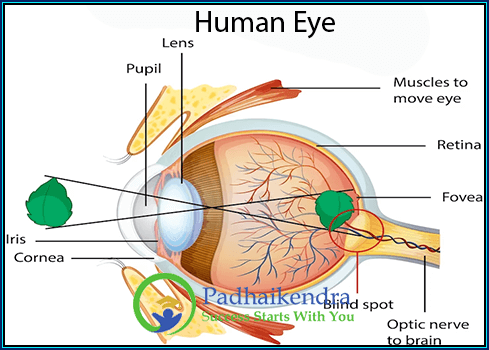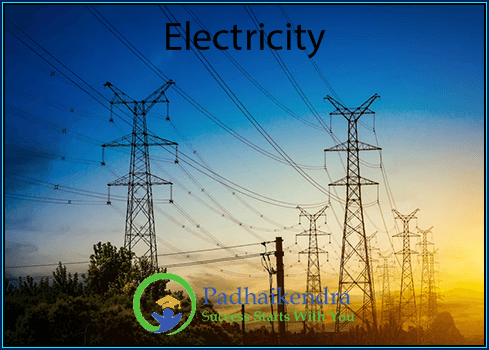Change of state of Matter
Change of state of matter refers to the physical transformation of a substance from one state (solid, liquid, or gas) to another, typically as a result of changes in temperature or pressure. There are two common types of change of state: Fusion (also known as melting) and Vaporization.
Fusion
Fusion is the change of state from a solid to a liquid as a result of adding heat. When a solid absorbs heat, its molecules start to vibrate more rapidly, causing the bonds between them to weaken and eventually break. As the bonds break, the solid begins to lose its fixed shape and become more fluid until it becomes a liquid. The temperature at which fusion occurs is known as the melting point, and it is a characteristic property of each substance.
Vaporization
 Vaporization is the change of state from a liquid to a gas as a result of adding heat. When a liquid absorbs heat, the kinetic energy of its molecules increases, causing them to move faster and more randomly. Some of the molecules near the surface gain enough energy to overcome the intermolecular forces holding them in the liquid, and they escape into the air as a gas. The temperature at which vaporization occurs is known as the boiling point, and like the melting point, it is a characteristic property of each substance.
Vaporization is the change of state from a liquid to a gas as a result of adding heat. When a liquid absorbs heat, the kinetic energy of its molecules increases, causing them to move faster and more randomly. Some of the molecules near the surface gain enough energy to overcome the intermolecular forces holding them in the liquid, and they escape into the air as a gas. The temperature at which vaporization occurs is known as the boiling point, and like the melting point, it is a characteristic property of each substance.
Both fusion and vaporization involve the absorption of heat energy, also known as endothermic processes, as the substances absorb energy to break the bonds between their molecules. The opposite processes, where heat is released and the substance changes state from a gas to a liquid or a liquid to a solid, are known as condensation and freezing, respectively.
Understanding the processes of fusion and vaporization is important in a wide range of fields, from cooking and food science to material science and engineering. For example, the melting and boiling points of materials are important considerations in designing manufacturing processes and in predicting the behavior of substances under different conditions.





